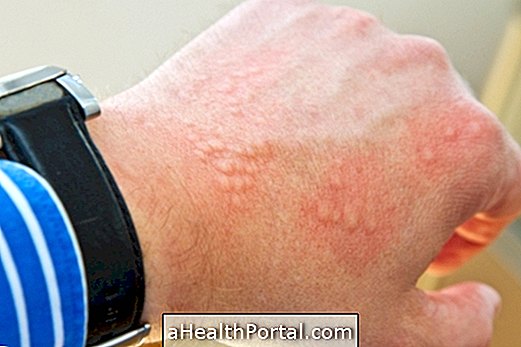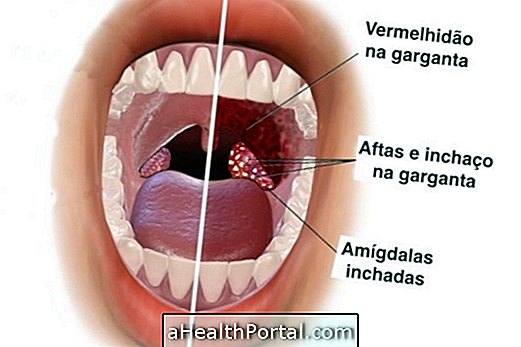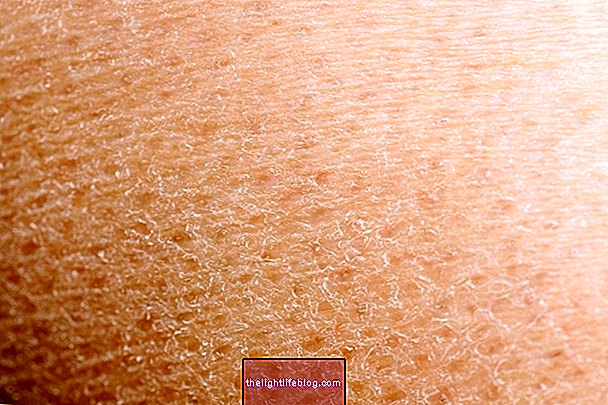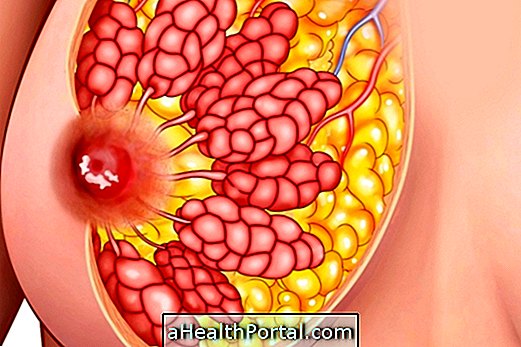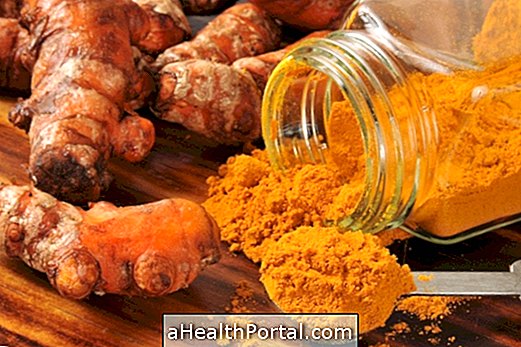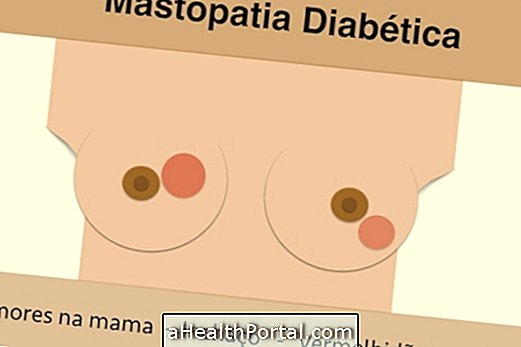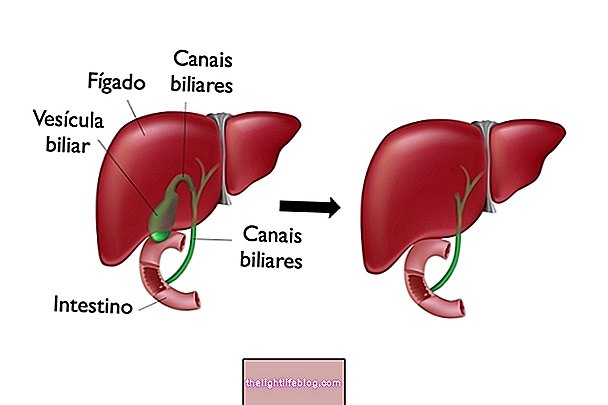The main symptoms of high uric acid in the blood are pain and swelling of a joint, which occur due to the accumulation of crystals of sodium urate in certain regions of the body. Other typical symptoms of excess uric acid in the body are:
- Redness and difficulty in moving the affected joint;
- When touching the place where the crystals have deposited can feel sensation of "sand";
- Chills and low fever in some cases;
- There may be peeling of the skin in the affected region;
There may be symptoms related to kidney malfunction such as back pain and difficulty urinating.
The pain is more common in the big toe, but it can also affect other joints such as ankles, knees, wrists and fingers, and the most affected individuals are usually men, individuals with arthritis in the family, and those who consume too much alcohol.
Photos of high uric acid
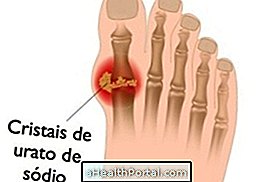

Treatment for uric acid
Treatment for high uric acid can be done with some dietary restrictions and with medications prescribed by the rheumatologist.
The uric acid diet is important in the treatment and prevention of gout, improving the quality of life of the patient. See what you can and can not eat in the following video:

So, some tips to improve nutrition and lower uric acid are:
- Drink at least 1.5L of water per day;
- Avoid drinking alcoholic beverages, especially beer because it has a lot of purine;
- Avoid the use of anti-inflammatories and diuretics by raising uric acid levels in the blood;
- Avoid ingestion of red meat, seafood, fish and processed foods by having too much purine.
In addition to diet, the doctor may also prescribe the use of medications to lower uric acid levels in the blood. See more about treating this problem at:
- Home remedy for uric acid
- How to lower uric acid in the blood

